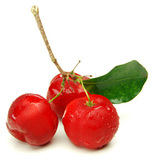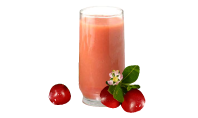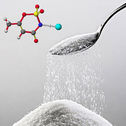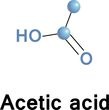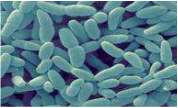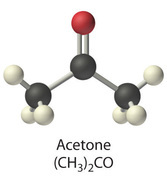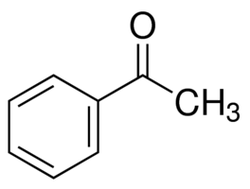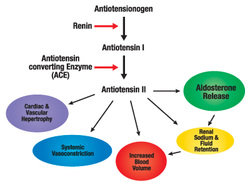
These antihypertensive drugs actually help to manage a variety of conditions including high blood pressure, heart failure, scleroderma and migraines.
There are many ACE inhibitor drugs, main difference among them is in how the body gets rid of them afterwards: some are eliminated primarily by the kidneys while others are also eliminated in bile and feces. Except for captopril (Capoten) and lisinopril (Prinivil, Zestril), ACE inhibitors are inactive until they are converted to an active form in the body
